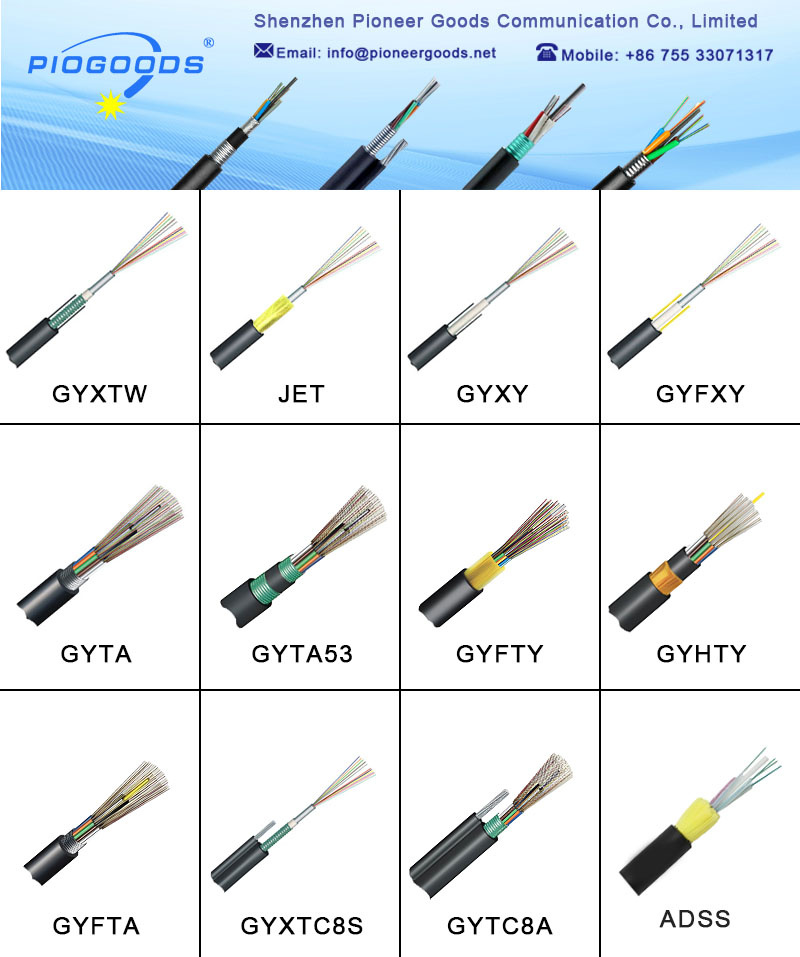Key Points for Routine Maintenance of Optical Fiber Cable Networks:
Standardized Installation, Eliminating “Congenital Defects”: During installation, avoid sharp bends and crushing. The bending radius must not be less than the specified value. Connector handling must be performed in a clean environment to avoid contamination.
Establish Complete Documentation: Record cable routes, splice locations, fiber splicing maps, etc., to facilitate rapid fault localization.
Regular Testing and Monitoring: Use an Optical Time-Domain Reflectometer (OTDR) to regularly test fiber links and obtain their “fingerprint” trace. By comparing with historical data, performance degradation trends caused by micro-bending, stress, etc., can be detected early, enabling preventive maintenance.
Clean Connectors: Dust and oil contamination on fiber connector end faces are primary causes of signal attenuation and failures. They must be cleaned with professional tools before every mating/unmating.
Protect the Physical Route: Conduct regular inspections to ensure no unauthorized construction or heavy load stacking occurs above the cable path, and that no tree branches are rubbing against aerial cables.

